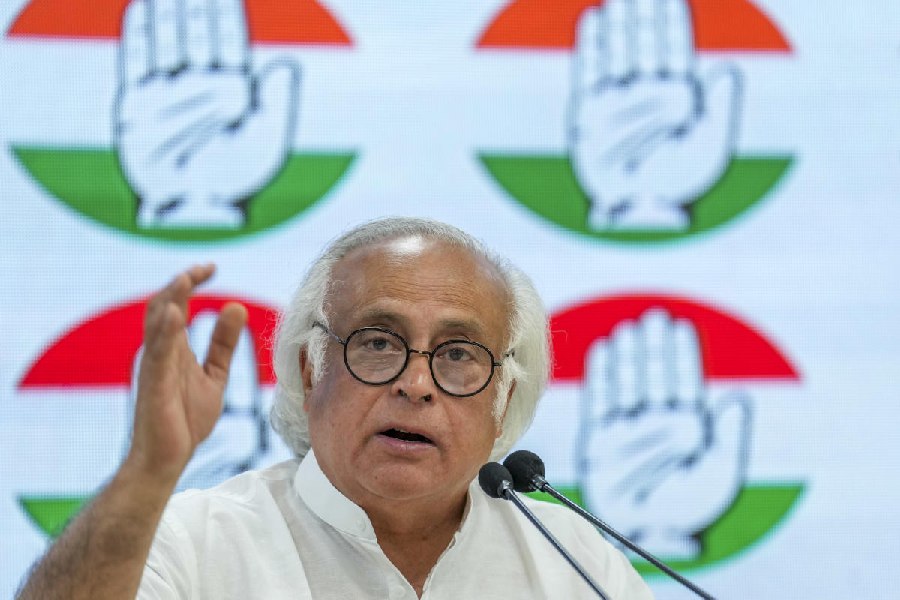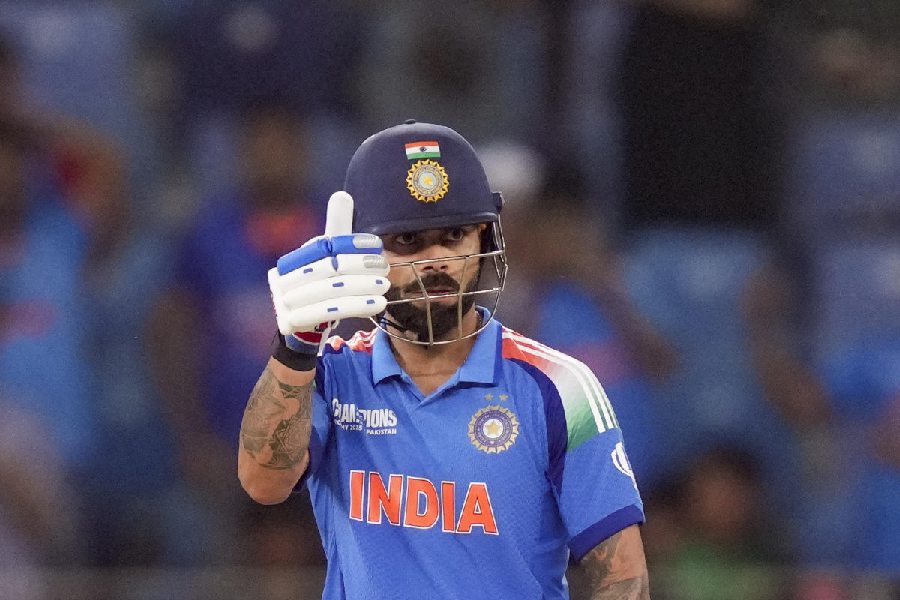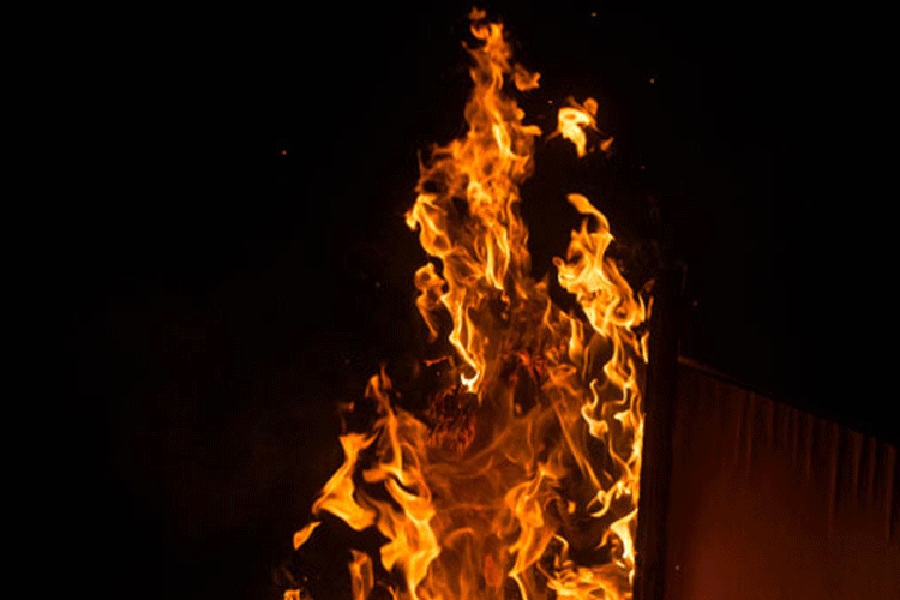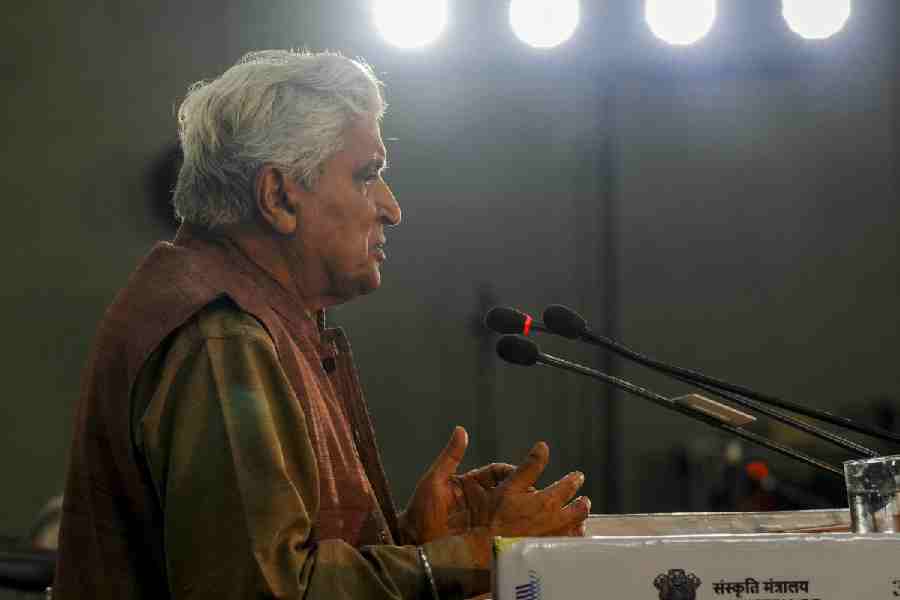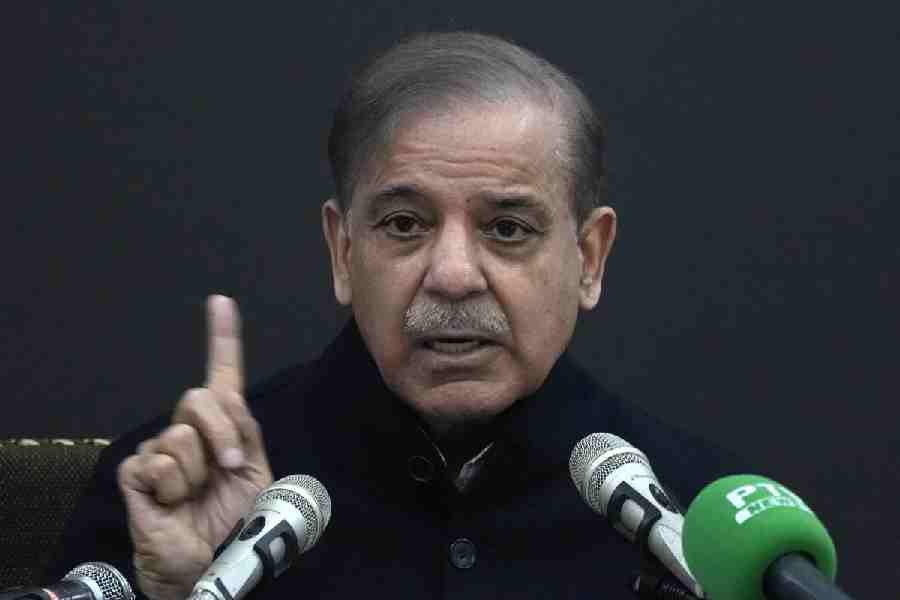|
|
| Different worlds |
The other day, I saw a deeply moving Bharata Natyam performance by the dancer, Priyadarshini Govind. All the items, as the announcer put it, were based on the Silappadikaram. The Tamil epic poem Silappadikaram (?The Epic of the Anklet?) is thought to have been written about 200 CE, and is attributed to Ilango Adigal, whose brother Shenguttuvan ruled the western coast of south India. The very fact that I feel the Silappadikaram needs an explanatory line for a readership beyond south India says something. And this something becomes sharper when we consider our powerful entanglements, as a country, with the heroic figures, myths and philosophical discussions of our epics.
What is an epic made of? A pre-Bollywood epic that is? I suspect most Indians would have the Ramayana and the Mahabharata in mind when looking for answers to this question. And given how rampantly the Ramayana unfolds in the popular imagination ? particularly in popular religious practice ? it would probably be the primary source in a search for ?Indian epic? images.
Of course both the Ramayana and the Mahabharata are ?composites? of tellings and retellings. Even the Ramayana, which does not rise to the grand philosophical and literary level of the Mahabharata, acquires complexity when its various versions are seen together.
But based on the mainstream, conventional versions of these two epics, certain images are bound to dominate any Indian exercise in free-associating with the words ?epic? and ?epic figure?. A deified Rama, a self-effacing Sita ready to be swallowed by mother earth, a villainous too-many-headed Ravana; battles and wars; and insights into life, courtesy gods and men, through the prisms of contest and duty. On the whole, it is gods, god-like men, and men who want to be heroic if not godlike, who are at the heart of things.
That this view of our epic world can be enriched is evident when you add the Silappadikaram to the picture. Bringing this epic out of its regional closet into the larger, pan-Indian consciousness of our heritage adds some different, ?earthbound? dimensions to the picture and completes it.
The Silappadikaram is about some very practical, mortal concerns. The story begins with a business class marriage, between Kovalan, the son of a merchant in Puhar, and Kannagi, the daughter of a ship-owner. After a brief period of married bliss, Kovalan takes the accomplished court dancer Madhavi as his mistress. The lovers spend their time in music and lovemaking, and have a daughter (who later becomes the subject of a ?twin? epic, Manimekhalai). Kovalan?s wealth dissipates; at the same time he becomes suspicious of Madhavi, given her training as a courtesan-dancer. Like hundreds of wandering husbands, he returns to his wife. The waiting ?model? wife, Kannagi, welcomes him back, and gives him her valuable anklets as capital to start business afresh in Madurai. They travel there, a difficult journey during which they receive help from people they would not usually get to know ? from drunkards and nuns to tribals and shamans. Once in Madurai, Kovalan tries to sell one of the anklets to the court goldsmith.
But the goldsmith, who has stolen the queen?s anklet, tells the Pandian king that he has found the man who stole the royal anklet. The king (who is himself in his queen?s bad books because of a relationship with a court dancer) orders Kovalan?s execution. Kannagi storms into the royal court and proves that her husband did not steal the anklet; her anklet has rubies inside, and the queen?s has pearls. The Pandian king, realizing he had abused his power, dies; so does his queen. But Kannagi, the timid model wife, is not done. She curses the city at each of its four gates; she tears her left breast from her body and dashes it to the ground. She summons fire to destroy the city, sparing only the good. She wanders desolate and reaches the mountainous forest where tribal girls befriend her. Kannagi?s fame spreads and her tale is written. Finally, she ascends to heaven with Kovalan in a divine chariot. The story does not end here ? Ilango Adigal adds an epilogue that recounts the memorializing of Kannagi through a king?s northward journey in search of a stone worthy of a Kannagi idol.
This is a crude summary, but I have still dwelt at some length on the ?plot? to indicate how it is placed in the context of ordinary people?s lives. Kovalan and Kannagi couldn?t be less like the garden-variety epic figure. Kovalan is obviously talented and attractive but also confused and vulnerable. On the way to self-knowledge and a return to a wiser business life, he manages to love (and mess up the lives of) two very different women. The Pandian king?s significance in the story is not his power, but his responsibility for public justice. Once the ?sceptre is bent?, his position as ruler is irrelevant; he might as well die. Justice ? and the transformation of a powerless citizen into a force that demands it ? forms the crux of the epic.
The route of the Silappadikaram does not take us to the usual epic battlefield where power struggles are played out. It considers, instead, some other important businesses of life ? not only trade and commerce, but also the practice of music and dance. A good life, a civilized life, is not just a matter of honour. It is also a matter of putting together several less exalted ingredients ? from prosperous trade and good sewage in the city to excellence in the arts and harmony among different religious communities.
In the Silappadikaram, the journey between cities, or from one chapter of life to the next, involves learning about the margins of society. In their arduous journey to Madurai, our ?middle-class? protagonists meet and receive help from Jain nuns, cowherds and tribals.
Perhaps it is the women, and what they are allowed to become, that make this epic most refreshingly different. In fact, it?s the two women, Kannagi and Madhavi, who are the real ?heroes? of this epic. Despite the patriarchal sops ? Kannagi being memorialized as a ?goddess of chastity? and Madhavi going to a Buddhist nunnery ? the epic acquaints us with two different heroine moulds.
In Madhavi, it is not the pitiful victim of her courtesan upbringing we are struck by; it is the fact that she is an independent businesswoman and a highly educated artist. In Kannagi we see a woman moved to fiery activism/ vigilantism. Unlike Draupadi, one of the strong women of the Mahabharata, Kannagi channels her anger into a public demand for justice. Draupadi?s anger, at her treatment in court, for example, is impressive; but she pleads for divine assistance. Her object is protection from shame ? keeping her body covered in public. In contrast, Kannagi uses her just cause to strip herself, not of her clothes, but of something more radical ? a part of her body that signifies nurturing womanhood. It is possible then to read Kannagi?s story as a striking down of a ?patriarchal-ruled? city; it also reminds us of how a complex story can be reduced, in official memory, to a convenient label ? the goddess of chastity.



